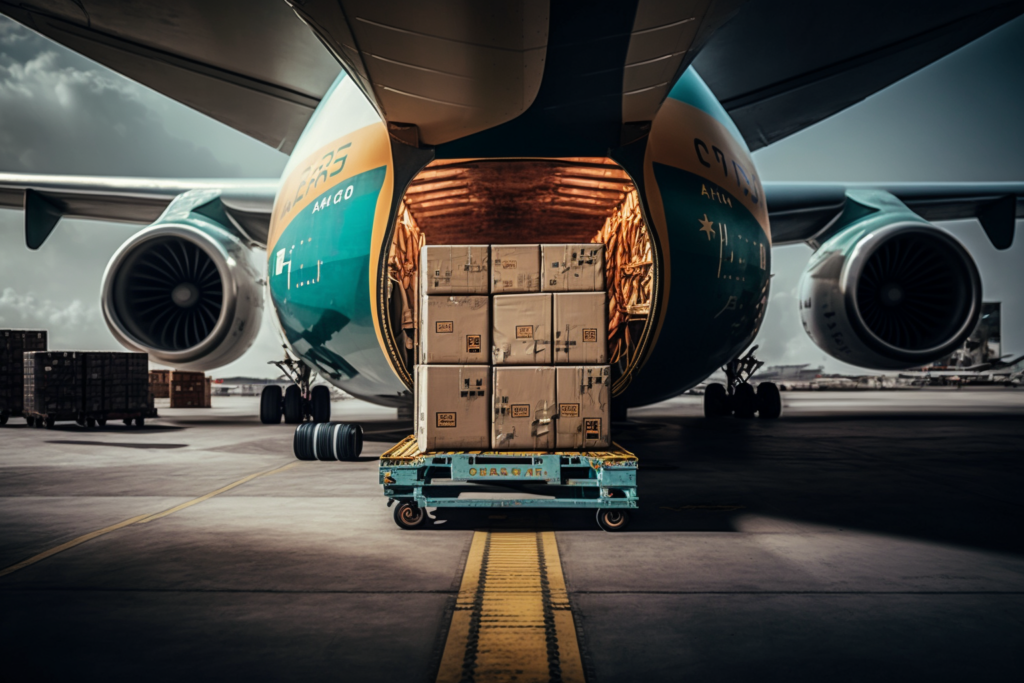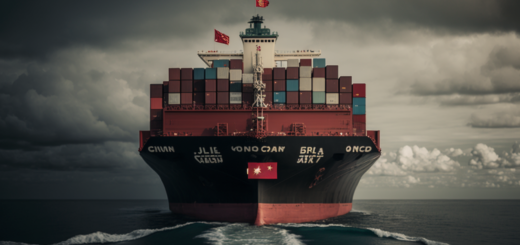A Comprehensive Guide to the Trade Regulations Between the USA and China

In the last article, we discussed the mandatory rules for companies that export goods from the United States to China. Today we want to take the time to guide the rules of trading. This guide provides an overview of trade rules between the US and China. The guide covers current agreements, tariffs, and restrictions on imports and exports from both countries, as well as the potential impact of any future changes in trade relations between the two countries. This guide is designed to help businesses and individuals understand the complex structure of trade regulation between two countries and make informed decisions about their trading activities.
Overview of the Trade Relationship between the USA and China
The United States and China have a complex trade relationship. In recent years, both sides have imposed tariffs on the goods traded between the two countries in an effort to protect their respective economies and industries. The U.S. and China are both members of the World Trade Organization (WTO), and follow the rules and regulations set forth by the organization. In addition to this, the two countries have their own bilateral agreements and regulations governing the trade between them.
The United States and China are two of the world’s largest economies and trading partners. As a result, there is a significant amount of trade between the two countries. This trade relationship is governed by multiple agreements, tariffs, and restrictions. In the United States, the Office of the U.S. Trade Representative (USTR) is responsible for negotiating, implementing, and enforcing trade agreements with China.
The USTR is responsible for negotiating terms and conditions on behalf of the United States that are favorable to both countries. This includes protecting U.S. intellectual property rights, ensuring fair and equitable market access, and ensuring a level playing field between the two countries. The USTR also works with American businesses and industry to ensure they have access to the Chinese market.
In addition to the USTR, the Department of Commerce is responsible for regulating the import and export of goods and services between the two countries. The Department of Commerce sets tariffs, quotas, and other restrictions on imported goods, as well as monitoring and enforcing compliance with these regulations.
Understanding the Tariffs Imposed by Both Countries
The trade regulations between the United States and China are complex and ever-changing. To properly understand the tariffs imposed by both countries, it is important to understand the history and purpose of each tariff.
The United States has imposed tariffs on Chinese imports since the beginning of the Trump administration in 2017. These tariffs are intended to protect domestic businesses and industries from foreign competition, and to curb the growth of China’s economy. The tariffs vary according to the goods, ranging from 10% to 25%.
China, on the other hand, has responded by imposing its own set of tariffs. These tariffs are designed to protect the Chinese economy and limit the impact of U.S. tariffs. The Chinese tariffs are also variable, and range from 5% to 25%.
It is important to note that the tariffs imposed by both countries are subject to change, and can be adjusted depending on current or future trade agreements. Therefore, it is important to stay up-to-date on the current tariffs and understand their implications for any future trade negotiations.
Investigating Non-Tariff Barriers to Trade
Non-tariff barriers to trade (NTBs) are an array of regulations, standards, and other measures that can impede the cross-border flow of goods and services. Recognized by the World Trade Organization (WTO) as potentially restricting or distorting international trade, NTBs can take two primary forms: those that restrict quantity and those that create obstacles. Examples of the former include import and export quotas, export subsidies, import taxes and voluntary export restraints, while the latter category may include customs procedures, product certification requirements and intellectual property laws.
Furthermore, NTBs can be influenced by technical standards, such as safety and environmental regulations or health and sanitary regulations. These barriers can markedly affect the exchange of goods and services between two countries, leading to higher costs, fewer products, and restricted access to markets. To successfully navigate the complexities of dealing with NTBs, businesses must have an awareness of the regulations of each country and the potential ramifications of any changes, as well as the risk of retaliation from other countries.
Establishing Trade Agreements to Reduce Trade Restrictions
In recent years, the United States and China have established several trade agreements in order to reduce trade restrictions and facilitate greater economic cooperation between the two countries. These agreements have opened up the market for each country to export goods to the other without facing high tariffs or other barriers.
The United States and China are members of the World Trade Organization (WTO), and have actively participated in the WTO’s dispute settlement system. This has enabled the two countries to negotiate on trade issues and resolve disputes in a timely fashion. Additionally, the United States and China are both parties to the North American Free Trade Agreement (NAFTA) and the Trans-Pacific Partnership (TPP). These agreements have lowered tariffs and other trade restrictions, making it easier for U.S. and Chinese businesses to trade with each other.
The United States and China have also implemented bilateral agreements to reduce trade restrictions between the two countries. The United States–China Bilateral Investment Treaty (BIT) was signed in 2008, and it has since been extended multiple times. The BIT has opened up the Chinese market to U.S. investments, and provided more protections for U.S. investors in China.
In short, the United States and China have taken several steps to reduce trade restrictions and facilitate increased economic cooperation between the two countries. These agreements have opened up the market for both countries to export goods to the other without facing high tariffs or other barriers. As the two countries continue to cooperate on a range of economic issues, it is likely that these agreements will continue to expand and reduce trade restrictions even further. Also, we advise you to read our article, where we discussed the documentation requirements when sending goods from China to the United States.
FAQ
Pollution is the introduction of contaminants into the environment that causes harm or discomfort to humans, animals, or plants. Pollution can come in the form of air, water, soil, and noise pollution, and can be caused by natural or man-made sources.
Pollution can have a variety of negative effects on the environment, including the degradation of ecosystems and habitats, the contamination of water and air, and the accumulation of toxic chemicals in living organisms. It can also lead to health problems in humans, such as breathing difficulties, cancer, and other illnesses.
There are several steps that can be taken to reduce pollution, such as reducing the use of fossil fuels and switching to renewable energy sources, conserving water, reducing waste, and promoting sustainable practices. Additionally, governments and companies can implement regulations and policies to reduce emissions and encourage cleaner production processes.

